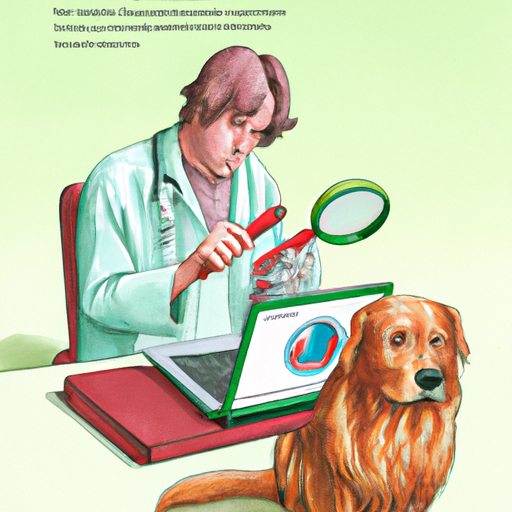Introduction
You’re a caring pet parent, and when you see something out of the ordinary with your beloved furry friend, it can set off alarm bells. Blood in your dog’s poop is one such alarming sight.
H2: Understanding Hematochezia and Melena
When you notice blood in your dog’s stool, it could be one of two types: bright red blood, known as hematochezia, or dark, tarry feces, known as melena.
-
Hematochezia usually indicates that the bleeding is coming from the lower digestive tract — the colon or the rectum. It’s fresh blood, which gives it that vivid red color.
-
Melena, on the other hand, is a result of bleeding in the upper digestive tract — the stomach or the small intestines. The blood gets digested before being passed out, giving the stool a dark, tarry appearance.
| Type | Description | Origin |
|---|---|---|
| Hematochezia | Bright red blood | Lower digestive tract |
| Melena | Dark, tarry feces | Upper digestive tract |
H2: Possible Causes of Blood in Dog’s Poop
Blood in your dog’s poop can be caused by a multitude of reasons. Some of the common ones include:
- Parasites: Parasites like hookworms, whipworms, and giardia can cause bloody stools.
- Trauma or injury: Injuries to the rectum or the anal area can result in bleeding.
- Dietary issues: A sudden change in diet or eating something inappropriate can upset your dog’s stomach leading to bloody stools.
- Anal gland issues: Problems with the anal glands, like impaction or abscess, can cause bleeding.
- Serious health conditions: Conditions like cancer, parvovirus, or hemorrhagic gastroenteritis can also result in bloody stools.
H2: When to See a Vet
As a diligent caregiver, you might be wondering when you should start worrying. If your dog seems otherwise healthy and the bloody stools are a one-off event, it’s likely not an emergency. However, if you see the following symptoms paired with bloody stools, it’s time to book an appointment with the vet:
- Loss of appetite
- Vomiting
- Lethargy
- Weight loss
- Other abnormal behaviors
H2: Treatment and Prevention
The treatment of bloody stools in dogs largely depends on the underlying cause. It could range from deworming treatments for parasites to surgeries for tumors. As a caregiver, you can take several steps to prevent the occurrence of bloody stools, such as:
- Regular veterinary check-ups
- Keeping your dog’s diet consistent and balanced
- Ensuring your dog is free from stress
- Regular deworming and vaccinations
Frequently Asked Questions (FAQs)
Q: Can dietary changes cause blood in dog’s poop?
Yes, sudden dietary changes can upset your dog’s stomach, resulting in bloody stools.
Q: Can stress cause blood in my dog’s poop?
Yes, stress can lead to conditions like colitis which can result in bloody stools.
Q: When should I take my dog to the vet?
If your dog shows signs of illness such as loss of appetite, vomiting, lethargy, or weight loss along with bloody stools, it’s time to see a vet.
Remember, as a caregiver, your dog’s health is in your hands. Always keep a vigilant eye and provide the best care you can.



